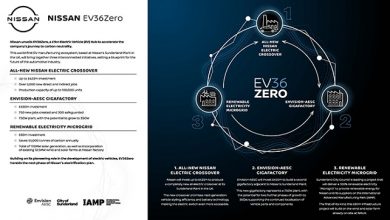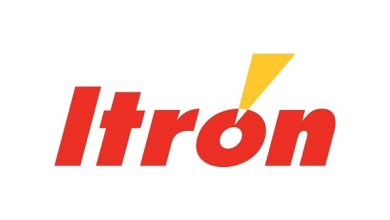Market for V2X capable EVs and bidirectional charging equipment will grow to nearly $10 billion by 2032
V2X has potential to play an important role in the energy transition
June 20, 2023 – Boulder, Colo. – As governments and companies make commitments to decarbonization, electrification of the transportation sector has become a priority. A new report from Guidehouse Insights provides an overview of the market for vehicle-to-everything (V2X) applications and bidirectional equipment.
V2X is a recent development with only a few EV models currently having the capability to perform V2X applications. According to a new report from Guidehouse Insights, although the market is estimated to be small at the start of the outlook period, by 2032, revenues from bidirectional charging equipment are expected to reach $9.8 billion.
Guidehouse Insights estimates strong growth in the market for V2X-capable EVs and bidirectional charging equipment from 2023 to 2032, with V2X-capable EVs growing at a faster rate than the market for bidirectional chargers, since not all V2X applications require them. Residential locations will likely account for the most bidirectional chargers.
“V2X has the potential to play an important role in this energy transition by allowing for the bidirectional transfer of power from an EV battery to another load source,” says Jason Pandich, research analyst with Guidehouse Insights. “The ability to utilize the growing number of EVs on the road as mobile and temporary sources of power creates opportunities for reshaping the energy system.”
As the V2X market expands, applications with higher complexity will be developed and introduced, resulting in greater adoption rates for bidirectional charging equipment. Also driving the market for V2X applications and bidirectional equipment will be potential cost savings and benefits from resiliency. Market barriers include stakeholder priorities, standardization, and interoperability which could impede growth in the V2X market, according to the report.
The report, Vehicle-to-Everything, provides an overview of the different applications of V2X by breaking down applications by their implementation complexity and by describing the required V2X-capable EVs and bidirectional charging equipment. It provides market analyses from 2023 to 2032 for V2X-capable EVs and bidirectional charging equipment. V2X-capable EVs are segmented by light duty vehicles and heavy commercial vehicles, while bidirectional chargers are segmented into residential, destination, and fleet charging applications. Analyses for the revenues associated with the hardware, installation, operation, management, and power management systems of bidirectional chargers are also included and segmented. An executive summary of the report is available for free download on the Guidehouse Insights website.
June 20, 2023 – Boulder, Colo. – As governments and companies make commitments to decarbonization, electrification of the transportation sector has become a priority. A new report from Guidehouse Insights provides an overview of the market for vehicle-to-everything (V2X) applications and bidirectional equipment.
V2X is a recent development with only a few EV models currently having the capability to perform V2X applications. According to a new report from Guidehouse Insights, although the market is estimated to be small at the start of the outlook period, by 2032, revenues from bidirectional charging equipment are expected to reach $9.8 billion.
Guidehouse Insights estimates strong growth in the market for V2X-capable EVs and bidirectional charging equipment from 2023 to 2032, with V2X-capable EVs growing at a faster rate than the market for bidirectional chargers, since not all V2X applications require them. Residential locations will likely account for the most bidirectional chargers.
“V2X has the potential to play an important role in this energy transition by allowing for the bidirectional transfer of power from an EV battery to another load source,” says Jason Pandich, research analyst with Guidehouse Insights. “The ability to utilize the growing number of EVs on the road as mobile and temporary sources of power creates opportunities for reshaping the energy system.”
As the V2X market expands, applications with higher complexity will be developed and introduced, resulting in greater adoption rates for bidirectional charging equipment. Also driving the market for V2X applications and bidirectional equipment will be potential cost savings and benefits from resiliency. Market barriers include stakeholder priorities, standardization, and interoperability which could impede growth in the V2X market, according to the report.
The report, Vehicle-to-Everything, provides an overview of the different applications of V2X by breaking down applications by their implementation complexity and by describing the required V2X-capable EVs and bidirectional charging equipment. It provides market analyses from 2023 to 2032 for V2X-capable EVs and bidirectional charging equipment. V2X-capable EVs are segmented by light duty vehicles and heavy commercial vehicles, while bidirectional chargers are segmented into residential, destination, and fleet charging applications. Analyses for the revenues associated with the hardware, installation, operation, management, and power management systems of bidirectional chargers are also included and segmented. An executive summary of the report is available for free download on the Guidehouse Insights website.




